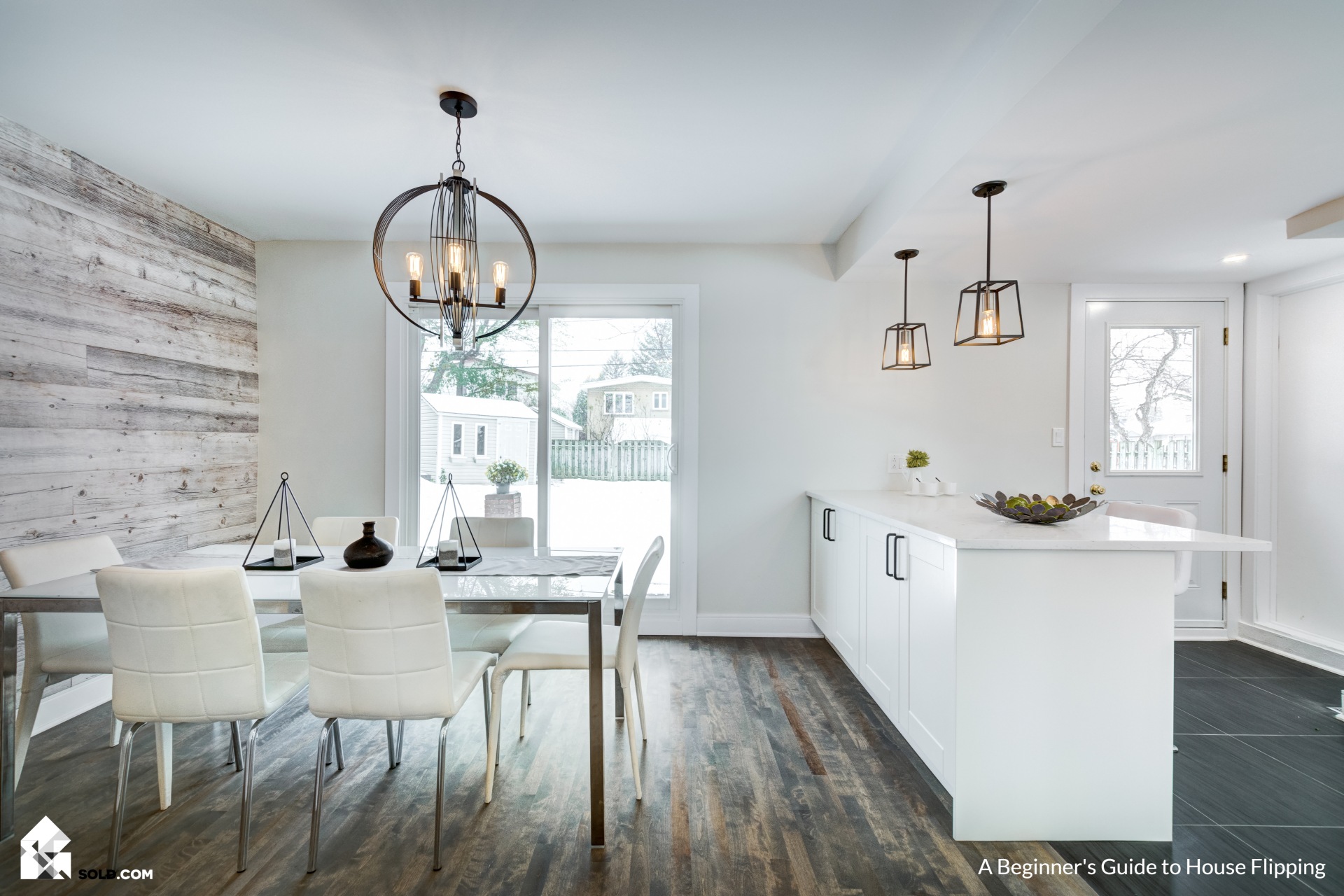
In recent years, house flipping has really captured the public imagination. Maybe you’ve seen the shows on TLC and HGTV. Maybe you’ve even wondered whether or not house flipping is for you! Or maybe you’re still not clear on what this trend is all about. Not to worry: In this post, we’ll get you up to speed!
What is House Flipping?
We’ll start with a definition—and it’s really pretty simple.
House flipping involves three basic steps:
- Buying a home—often in suboptimal condition, and hopefully for a really great price.
- Renovating/repairing/fixing the place up, increasing its value and its appeal.
- Selling your house for a profit!
It’s a pretty straightforward formula, but of course the actual process of house flipping is anything but simple.
What’s Involved with a Successful House Flip?
Indeed, a successful house flip requires careful attention to several factors.
You’ve got to research the market and buy the right house.
The first step is gathering data and crunching numbers. House flipping is ultimately all about money and margins, so being precise in your calculations is a prerequisite. For example, maybe you only have $25,000 to spend on the house you buy. It’s probably not a good idea to start the process in a market where most homes go for $500,000 or more. Even a really great loan won’t get you the funds you need!
And of course, the less cash you have on hand for the down payment, the less you’ll be able to spend on your initial property investment.
Finally, the entire project will be a bust if you end up unable to sell the home for a profit, so make sure you find a market that’s pretty hot; a market where you can get your investment property sold!
You need a plan—and a budget.
House flippers are really entrepreneurs; the investment property is your business, and it’s best to proceed with a clear business plan.
That doesn’t mean you need a complicated, highly corporate document, filled with business jargon—but you should have a budget, a timeline, and a sense of the project scope.
How quickly will you be able to get the renovations made? How much will they cost you? How are you going to get the place sold? And what level of renovation are you really comfortable with? Your business plan should hit on all of these points.
Get the financing you need, before you need it.
One of the worst-case scenarios would be making an offer on a great investment property, but then not getting the financing you need to afford it.
A simple suggestion to avoid this fate: Get your financing lined up in advance. Pre-approval can expedite the process and make things a lot easier when you reach the point of actually buying and selling your home.
Renovation is where the rubber meets the road.
Of course, your house flip depends on your ability to take the investment property and actually improve its value—and that’s going to take a little renovation work.
But how much, exactly? Well, that takes us back to your business plan, and to the level of renovation you’re willing to take on. Maybe the place needs some new flooring, a fresh coat of paint, and a few updated fixtures. Or maybe it needs complete kitchen and bathroom overhauls.
As you consider your house flip, it’s important to think about how you’re going to make these renovations. Doing it yourself can help you save money—so long as you’re confident you can do everything properly, and in a timely manner!
Otherwise, you’ll want to start talking with qualified local contractors well in advance.
Get house selling tips from SOLD.com.
Successful house flipping requires you to make the renovations expediently, then list the house in a way that gets it off the market ASAP.
But what does that look like, exactly? Seek house selling tips that will help you get the place listed and sold quickly and for top dollar.
Start by requesting your SOLD.com seller’s report. In it, you’ll get unbiased, independent recommendations for selling your property. Get your FREE report today!

